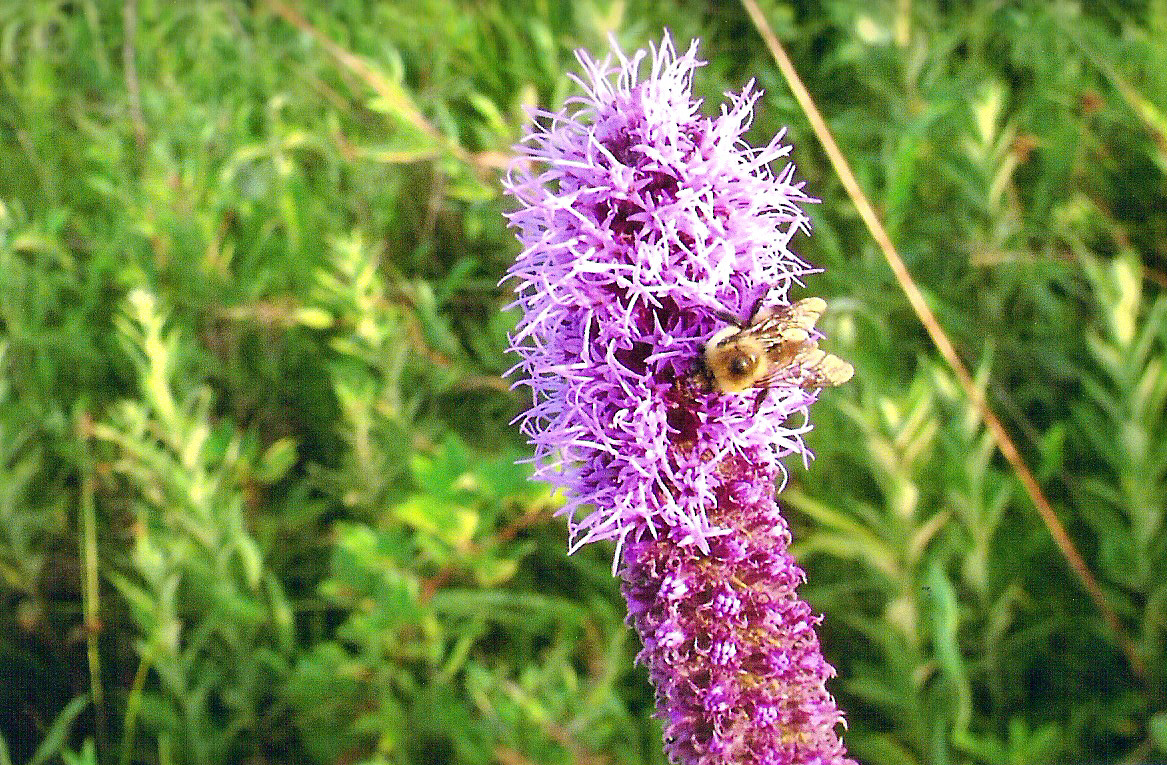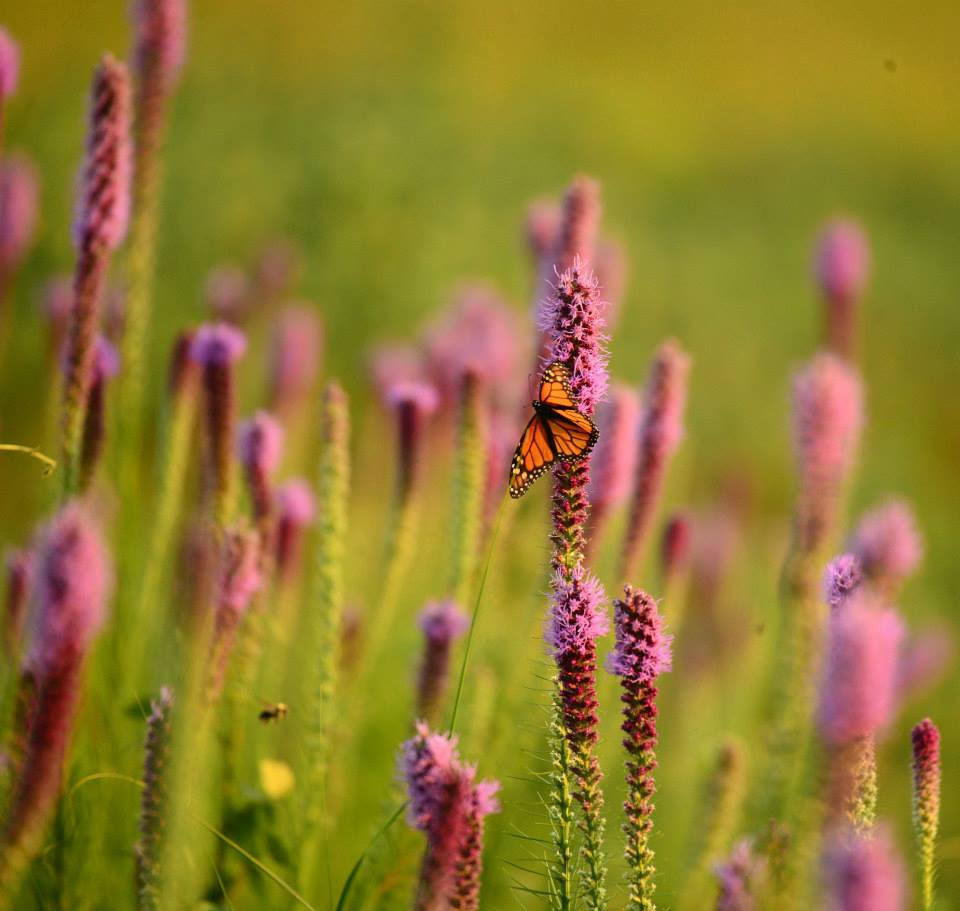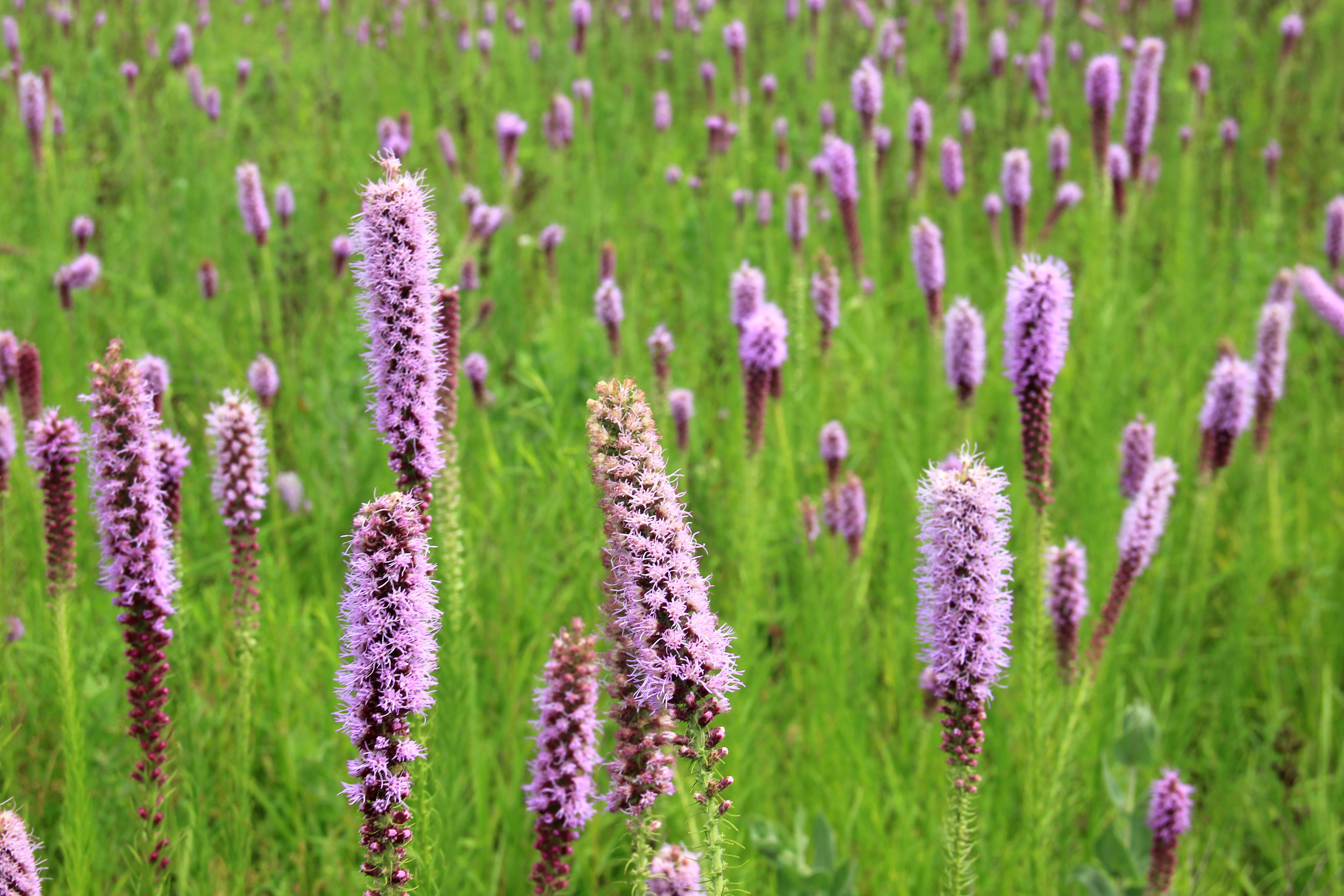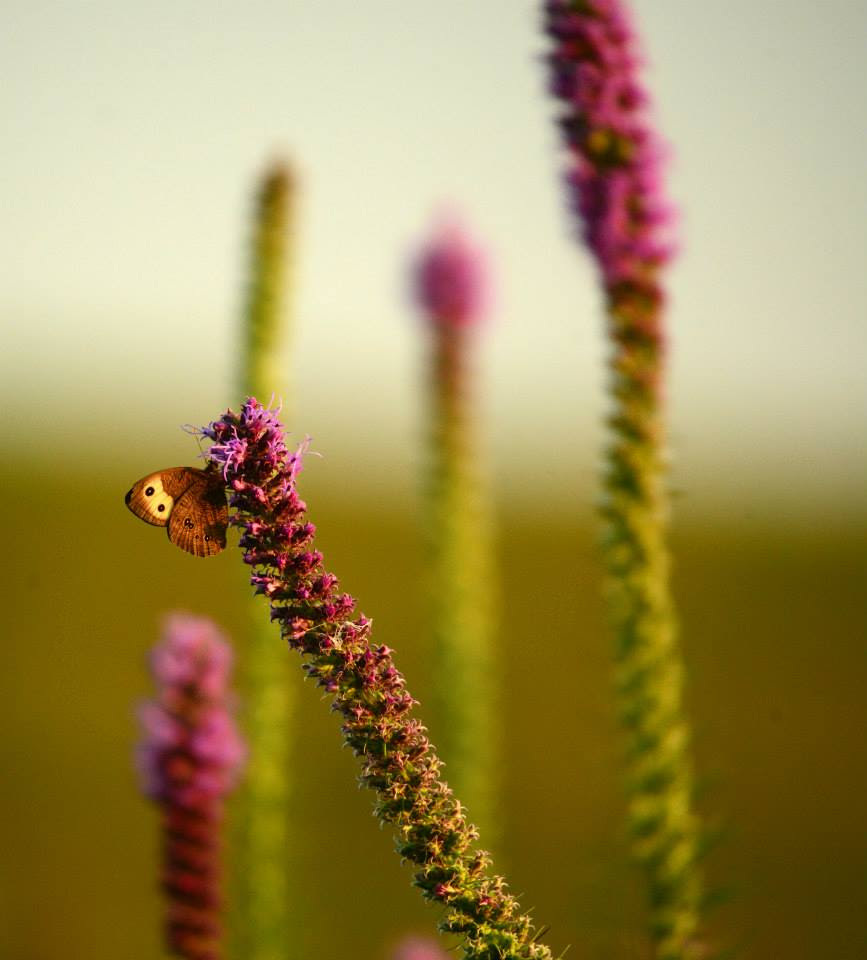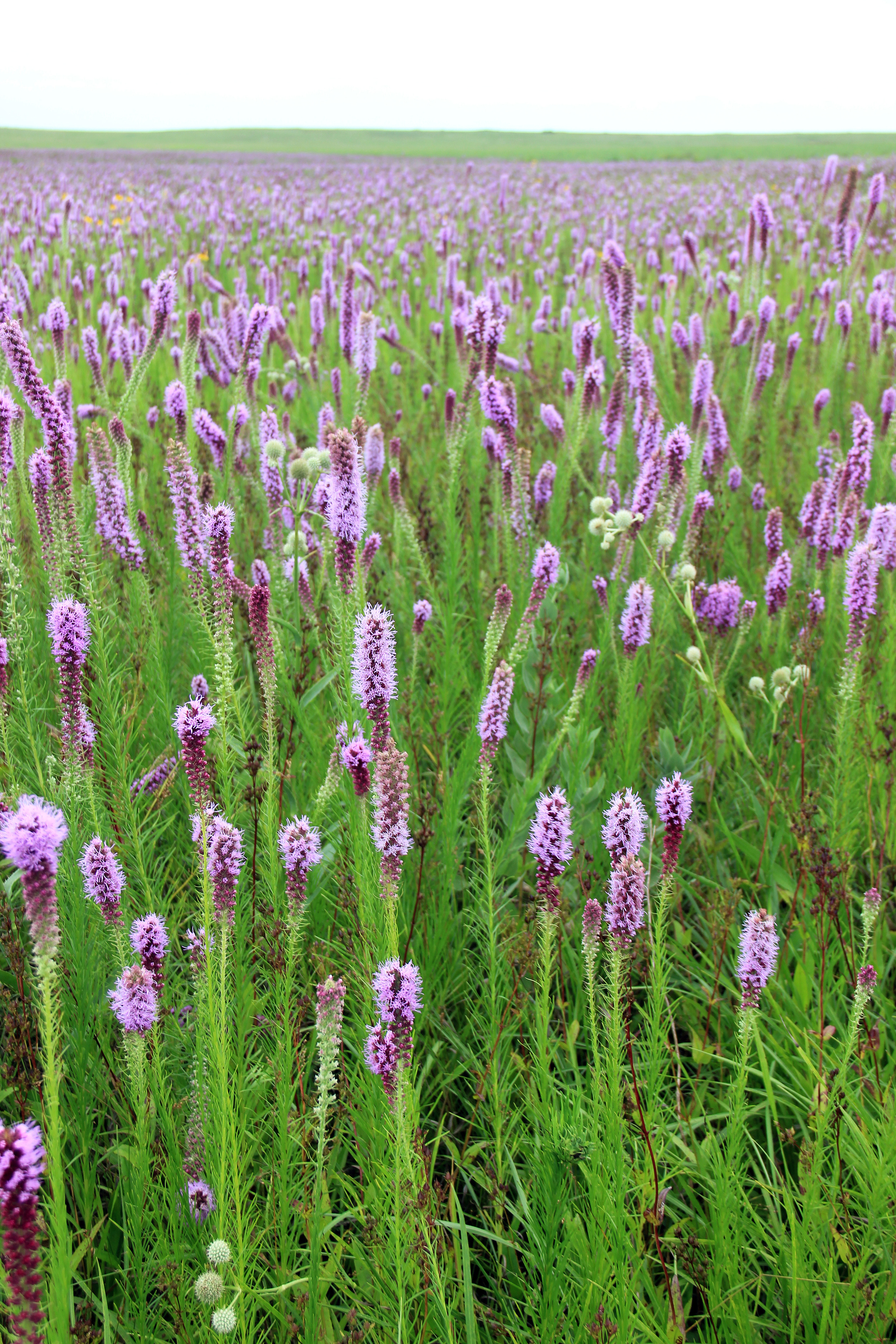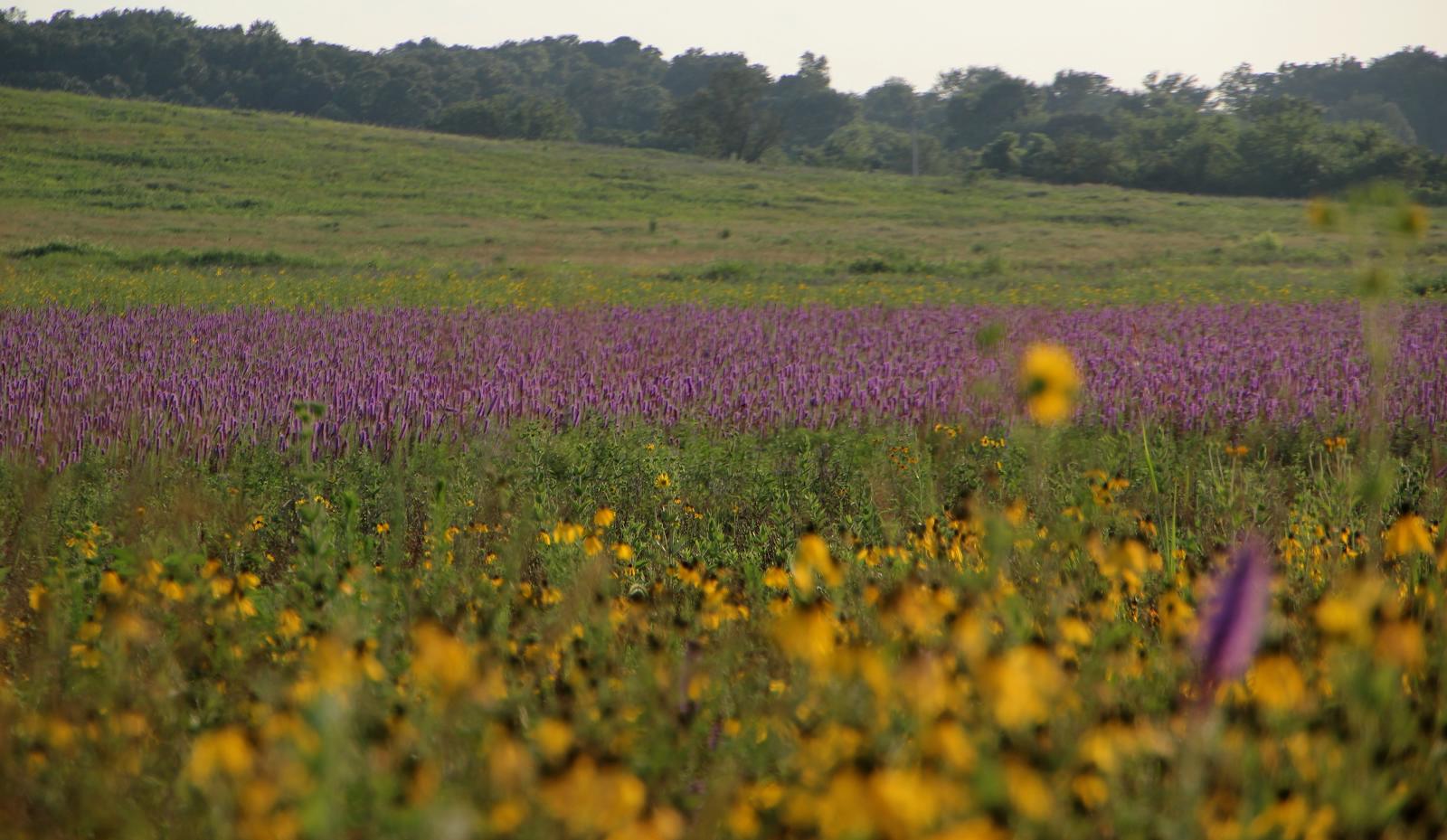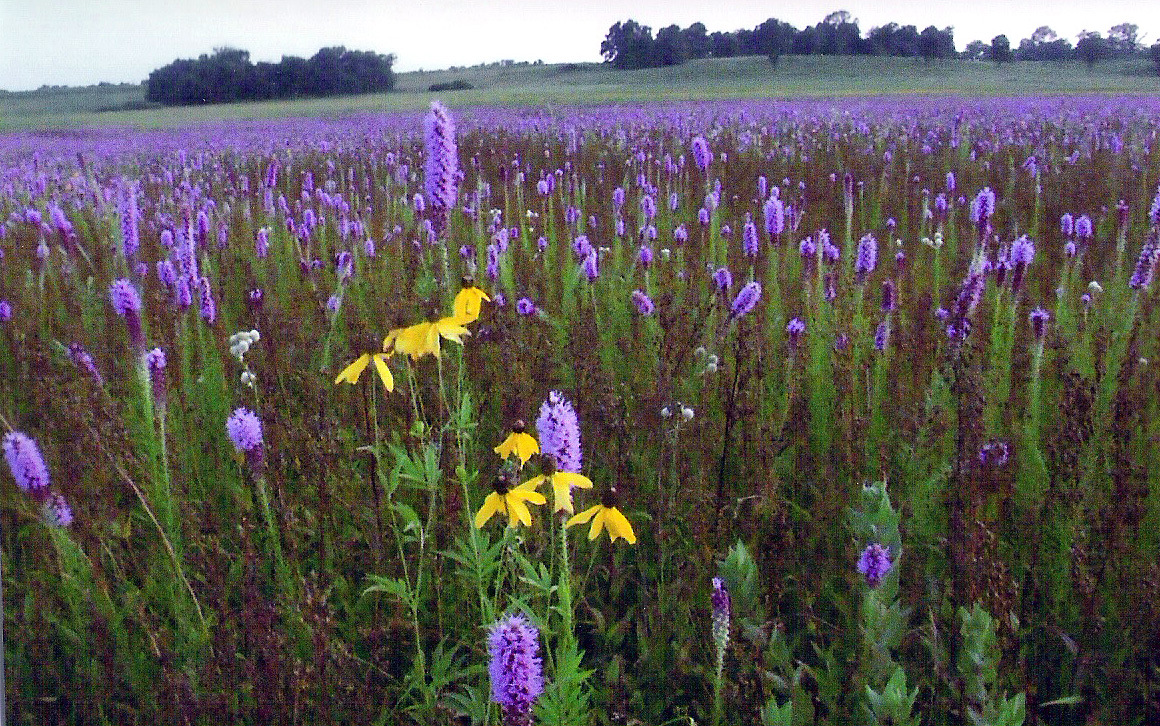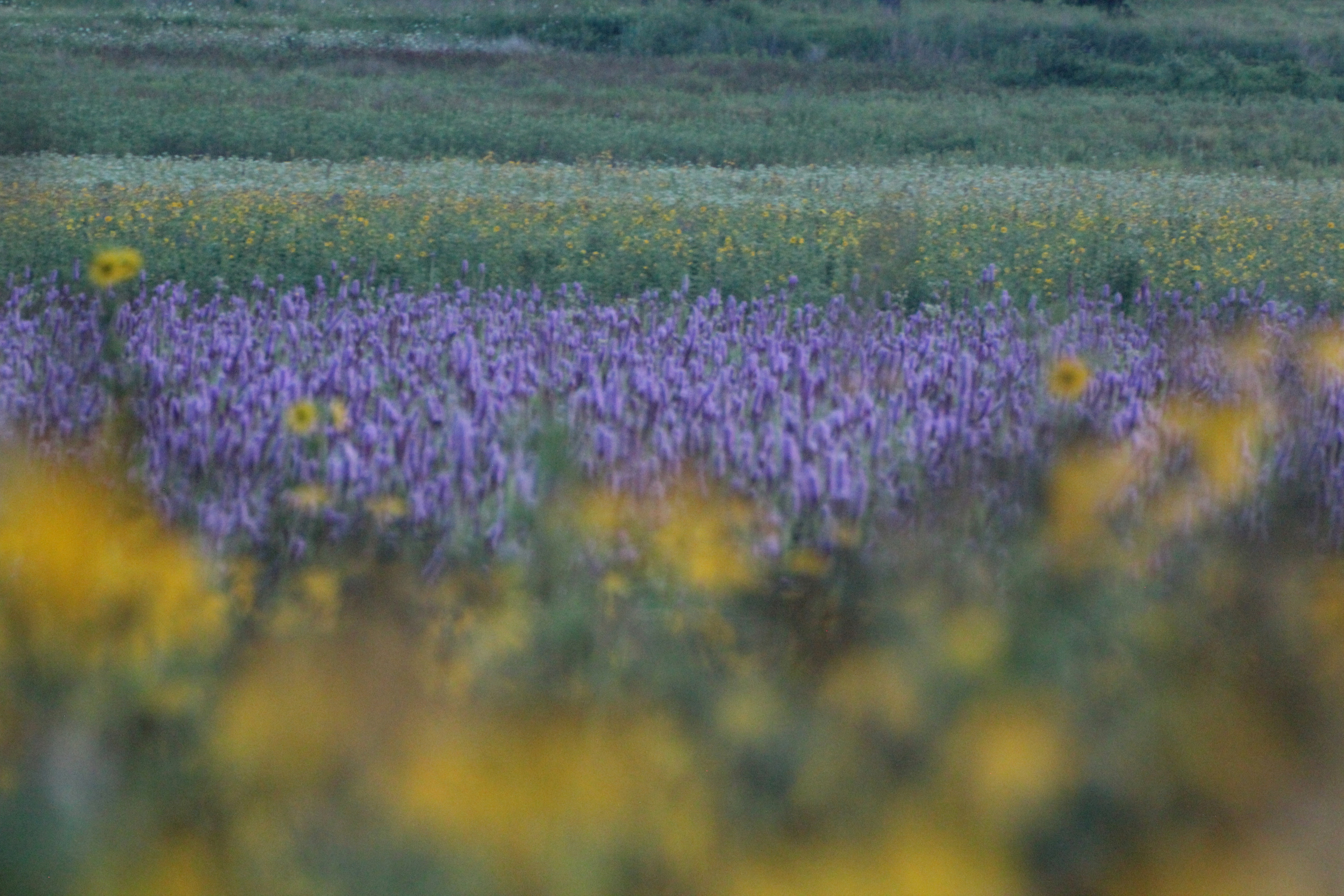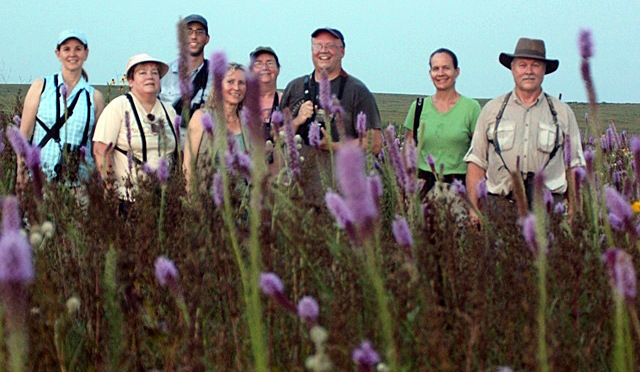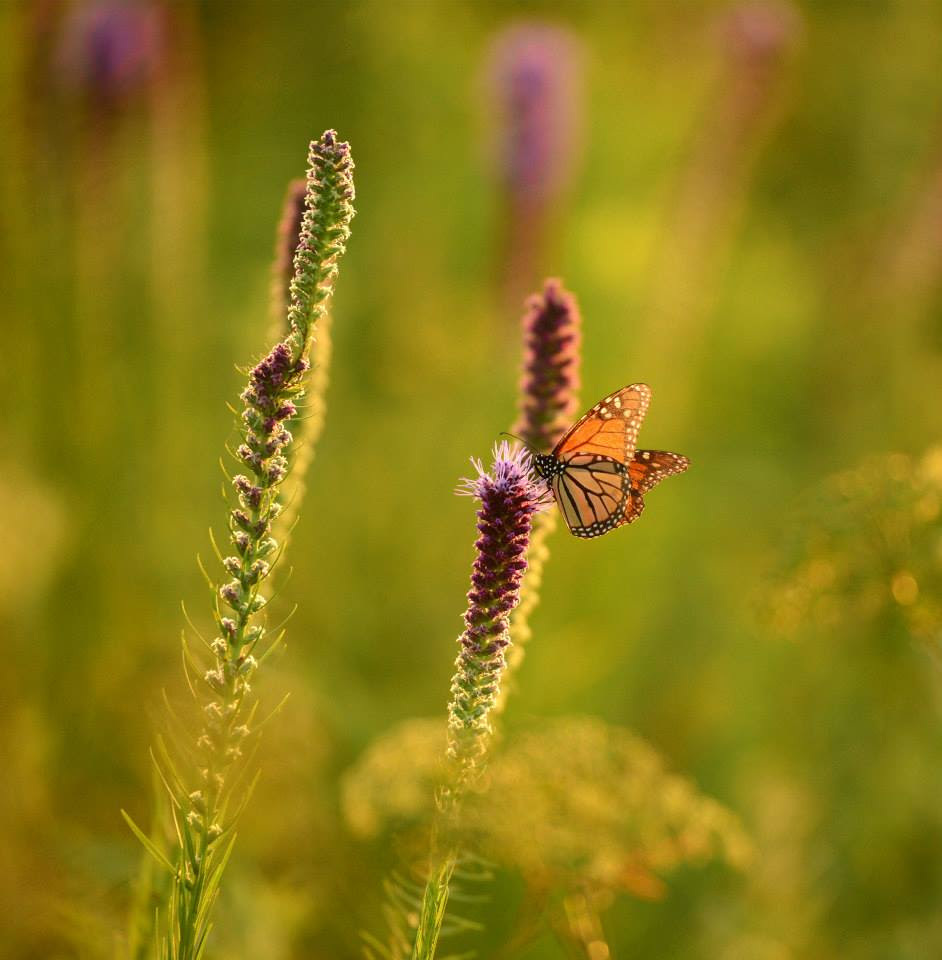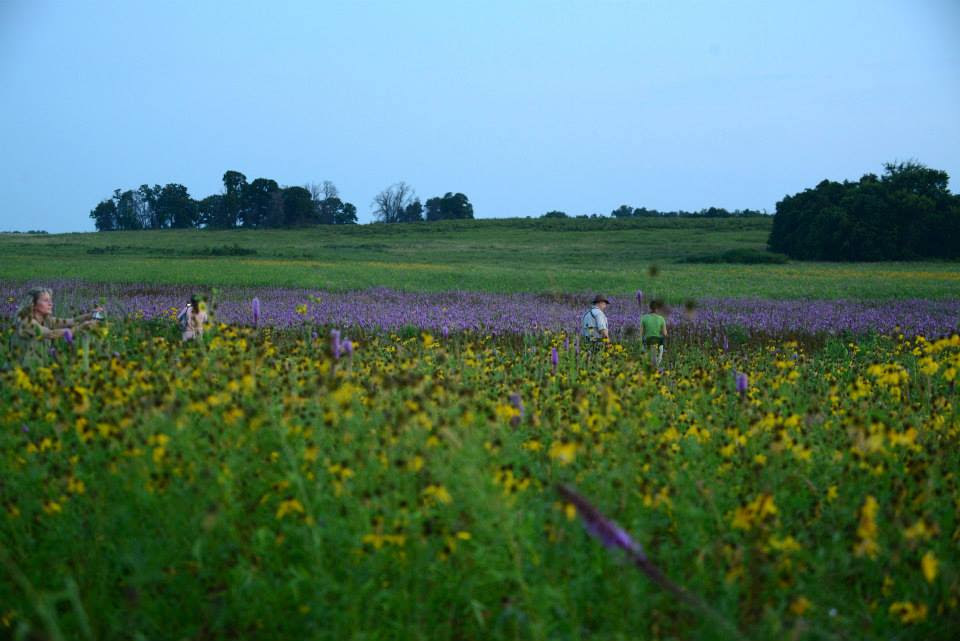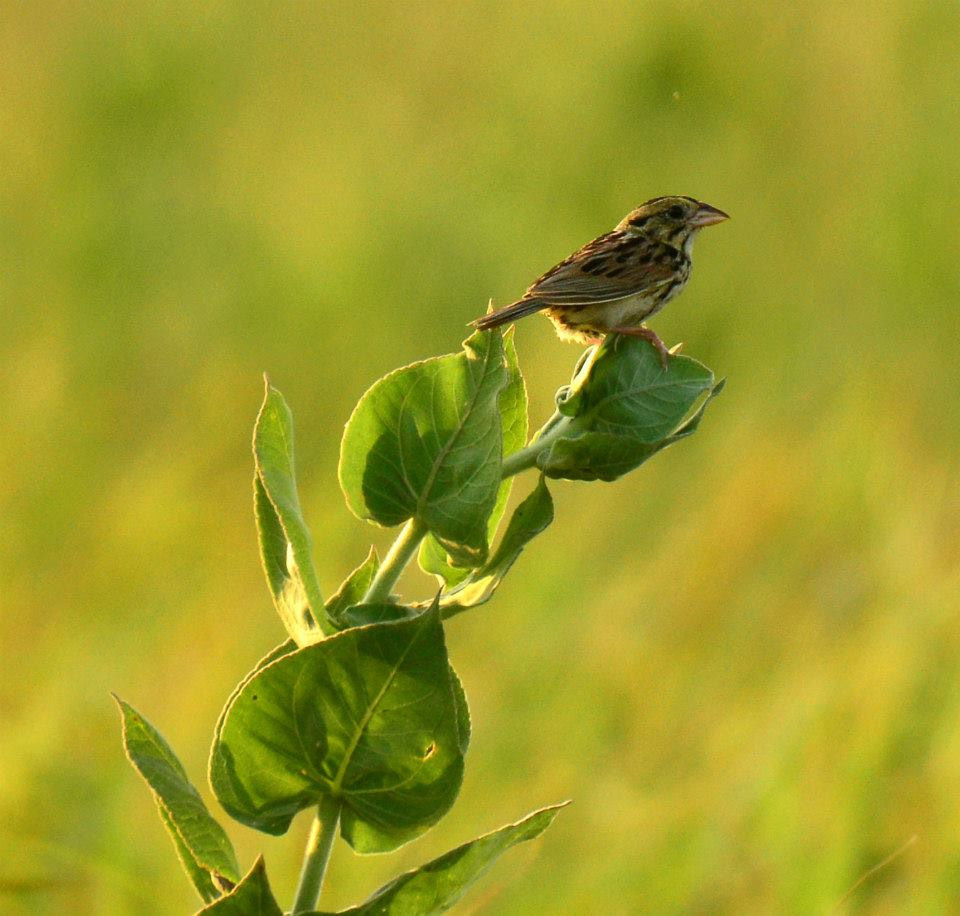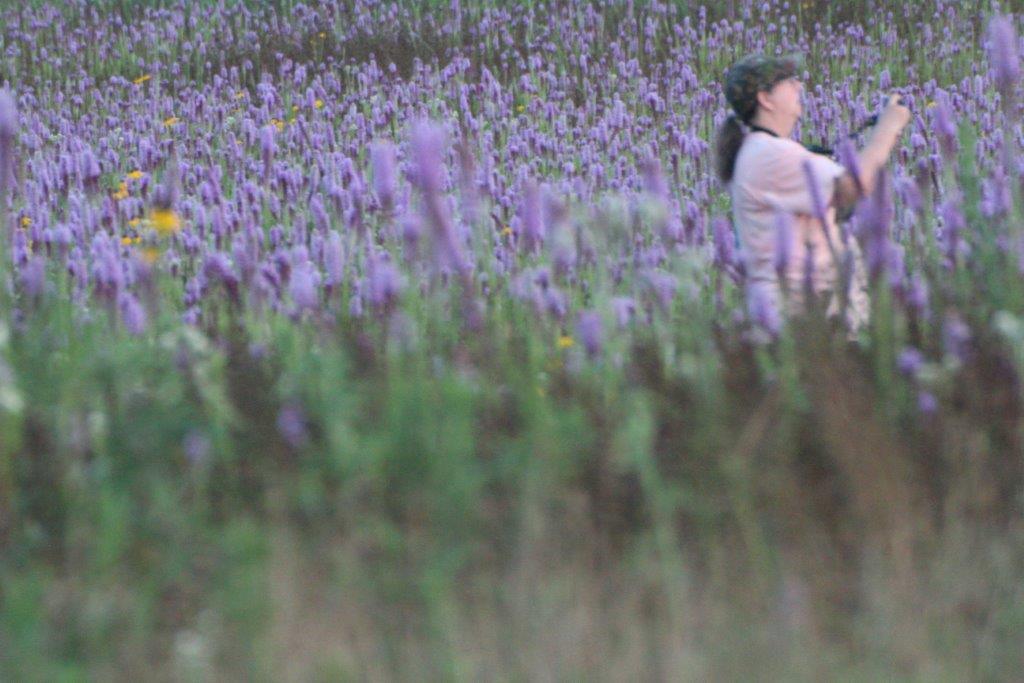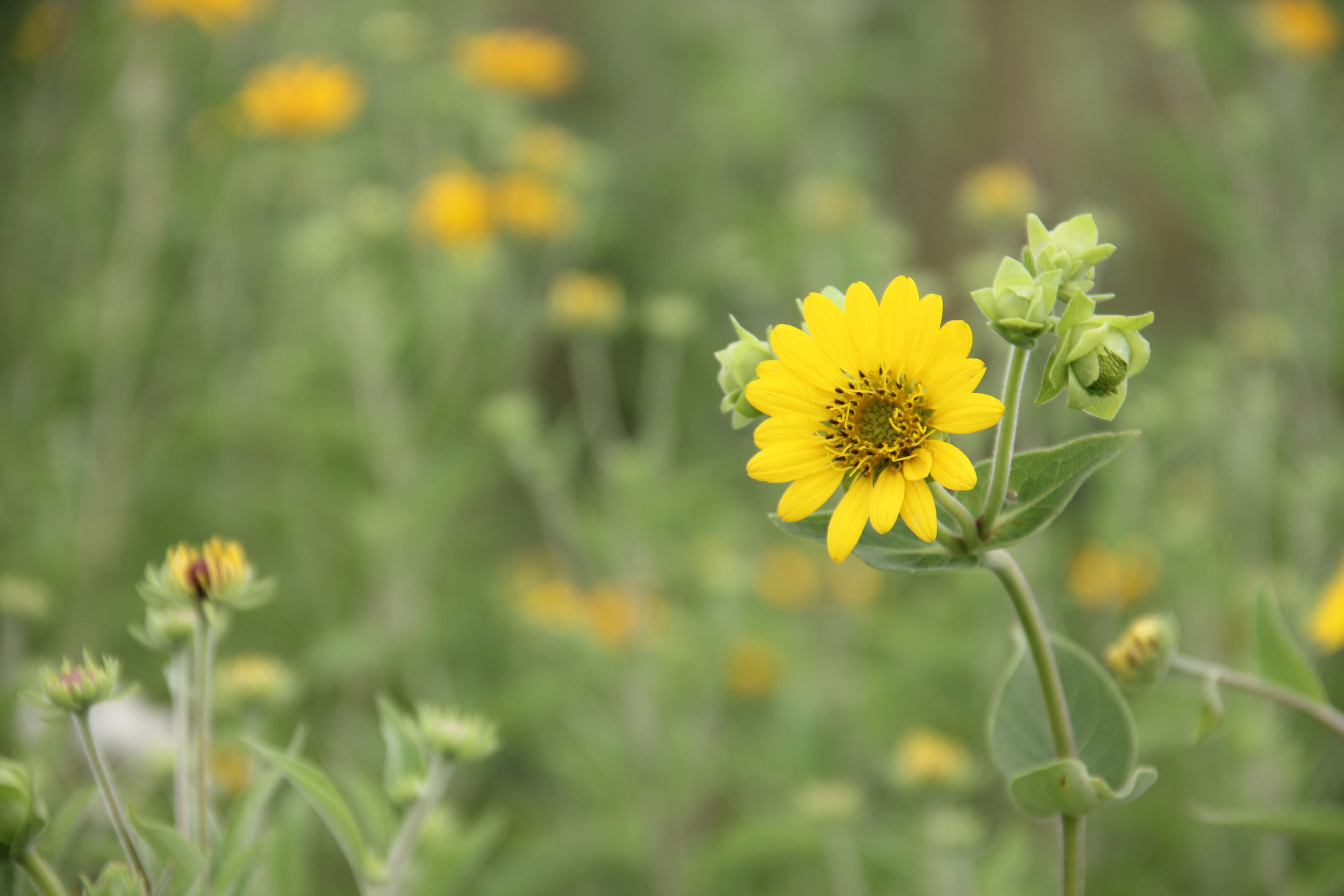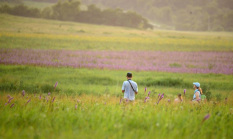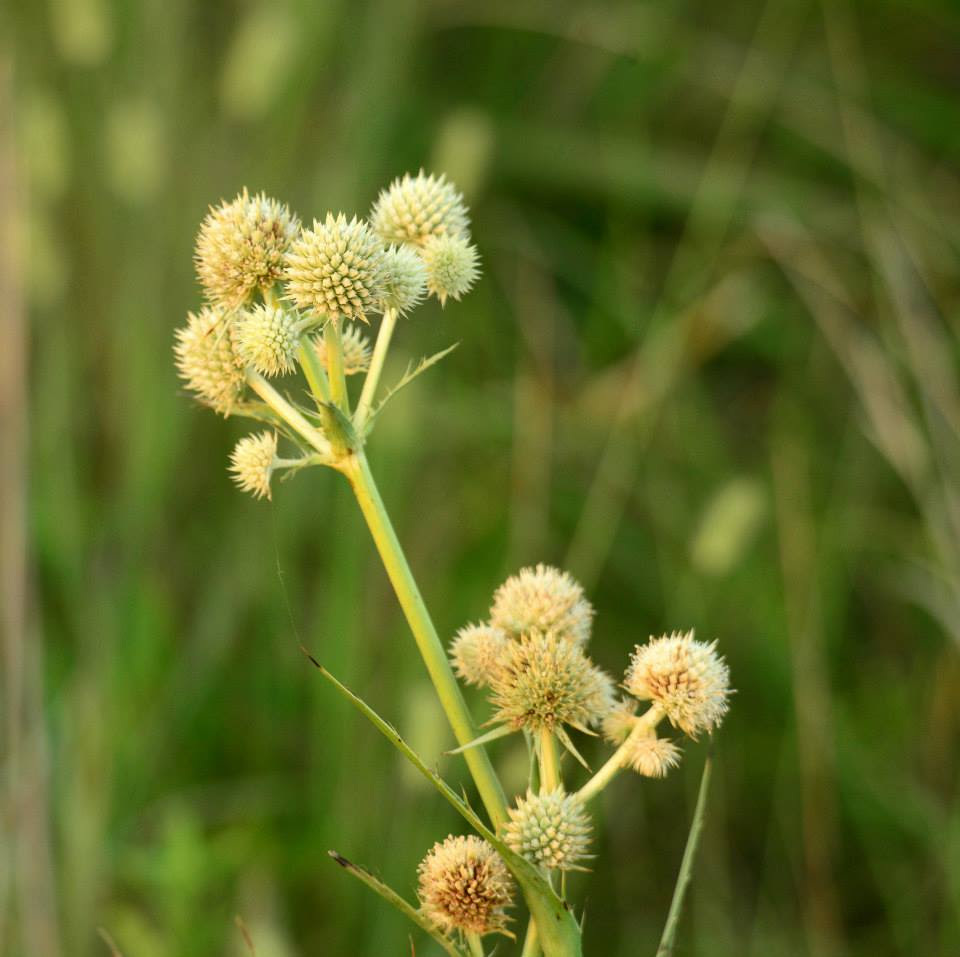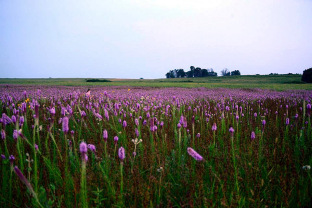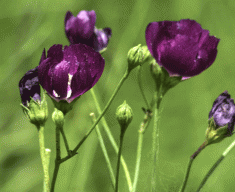The sun was shining, the air was crisp, and it was a perfect day for a hike. Almost every New Year’s Day I’ve gone on some kind of outdoor adventure with friends. This year the First Day Hike at Prairie State Park beckoned me. First Day Hikes are sponsored by America’s State Parks and provide individuals and families an opportunity to get outdoors and experience some of nature’s wonders in the winter.
There were numerous First Day Hikes at state parks in Missouri and we were lucky that one was held so close to us. My nephew and his son were visiting and Jaden, 6 years old, had never seen a bison. It was perfect. We got a bit of a late start and had to make haste to catch the group who were already on the trail of a group of bison. When we caught up, Dana Hoisington, park naturalist, was leading a group of around 30 people across the prairie and stopping along the way to share information about bison, prairies, and history.
We learned about the benefits of the prairie for our ecosystem and how prairies are more endangered than rain forests. We learned that once a prairie has been plowed, it can never be restored to the potential it once had. We learned that a field of fescue left to grow is not a prairie. It is a monoculture and prairies are diverse and offer habitat and support for a wide variety of wildlife. We learned about the difference between buffalo and bison. We hiked for almost an hour, walking and stopping to learn, before we actually saw any bison. It was awesome to watch as this mixed group of people, young and old, listened with interest and anticipation.
When we finally reached a vantage point where we could actually see the bison, a group of maybe 7 or 8, we were probably a quarter of a mile away. We watched quietly and those who had binoculars got a closer look. We moved closer and the bison group watched us. It was obvious that our large group made them nervous and before we were able to get much closer, they decided to move. Their movement led them back toward the visitor’s center, where we were also going. As we walked back along the road, there was more talking and several stopped to pick up some trash along the sides of the road. We were excited when the bison once again came into view. But, they were still nervous about us and continued to move. Our group continued back to the visitor’s center.
I think all who were present were satisfied to have spent the afternoon of the first day of the new year hiking on the prairie. For me, it was rewarding to have seen my great-nephew see a bison for his first time. Back at the visitor’s center, we were welcomed by warmth and hot chocolate. Jaden and Abbie, daughter of fellow master naturalist, Erin Miller, enjoyed searching the display for all the “hidden” flora and fauna. It was a great experience. Thanks to Prairie State Park and Dana Hoisington for providing this opportunity for our area.




















